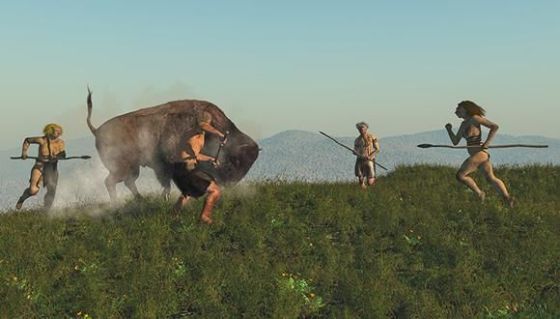
When Size Does Matter…
Written on | Archeology
TAU study suggests the extinction of large animals led to increased volume of the human brain.
In recent years, more and more evidence has been accumulated to the effect that humans were a major factor in the extinction of large animals, and consequently had to adapt to hunting smaller animals, first in Africa and later in all other parts of the world.
When humans first emerged in Africa 2.6 million years ago, the average size of land mammals was close to 500kg. Just before the beginning of agriculture, this figure had decreased by over 90% – down to a few dozen kilos.
In their new study, Dr. Miki Ben-Dor and Prof. Ran Barkai from the Jacob M. Alkow Department of Archaeology at Tel Aviv University offer an original and unifying explanation for the physiological, behavioral and cultural evolution of the human species, from its first appearance about two million years ago, to the agricultural revolution, around 10,000 BCE. Dr. Ben-Dor and Prof. Barkai suggest that humans developed as hunters of large animals, eventually causing the extinction of the latter.
Hunting Smarter, Not Harder
Comparing the size of animals found in archaeological cultures, representing different species of humans in east Africa, southern Europe and Israel, the researchers found that in all cases there was a significant decline in the prevalence of animals weighing over 200kg, coupled with an increase in the volume of the human brain. According to the researchers, the decrease in the size of wild animals and the need to hunt small, swift animals forced humans to display cunning and boldness – an evolutionary process that demanded increased volume of the human brain – which actually grew from 650cc to 1,500cc – and later led to the development of language enabling the exchange of information about where prey could be found. “We correlate the increase in human brain volume with the need to become smarter hunters,” explains Dr. Ben-Dor. For example, the need to hunt dozens of gazelles instead of one elephant generated prolonged evolutionary pressure on the brain functions of humans, who were now using up much more energy in both movement and thought processes. Hunting small animals, that are constantly threatened by predators and therefore very quick to take flight, requires a physiology adapted to the chase as well as more sophisticated hunting tools. Cognitive activity also rises as fast tracking requires fast decision-making, based on phenomenal acquaintance with the animals’ behavior – information that needs to be stored in a larger memory.” The theory claims that all means served one end: body energy conservation.Getting Comfortable
“The evolutionary adaptation of humans was very successful,” says Dr. Ben-Dor. “As the size of animals continued to decrease, the invention of the bow and arrow and domestication of dogs enabled more efficient hunting of medium-sized and small animals – until these populations also dwindled. Toward the end of the Stone Age, as animals became even smaller, humans had to put more energy into hunting than they were able to get back. Indeed, this is when the Agricultural Revolution occurred, involving the domestication of both animals and plants. As humans moved into permanent settlements and became farmers, their brain size decreased to its current volume of 1300-1400cc. This happened because, with domesticated plants and animals that don’t take flight, there was no more need for the allocation of outstanding cognitive abilities to the task of hunting.” Prof. Barkai adds: “It must be understood that our perspective is not deterministic. Humans brought this trouble upon themselves. By focusing on hunting the largest animals, they caused extinctions. Wherever humans appeared – whether homo erectus or homo sapiens, we see, sooner or later, mass extinction of large animals. Dependence on large animals had its price. Humans undercut their own livelihood. But while other species, like our cousins the Neanderthals, became extinct when their large prey disappeared, homo sapiens decided to start over again, this time relying on agriculture.” To date, no unifying explanation has been proposed for this major phenomenon in human prehistory. The novel theory was published in Quaternary Journal.Related posts

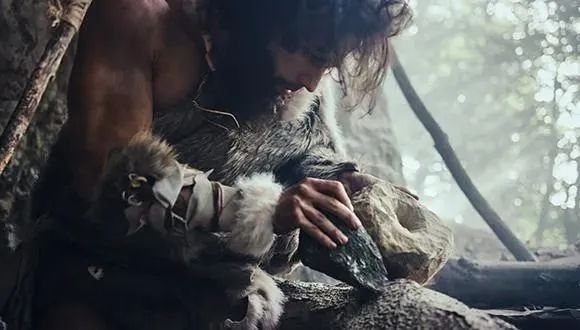



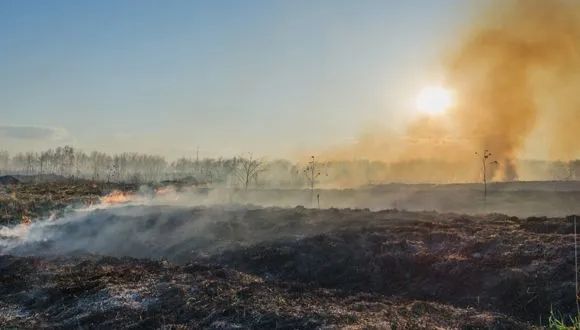
Our Ancestors Irreparably Damaged the Timna Valley Environment 3000 Years Ago
28 September 2022
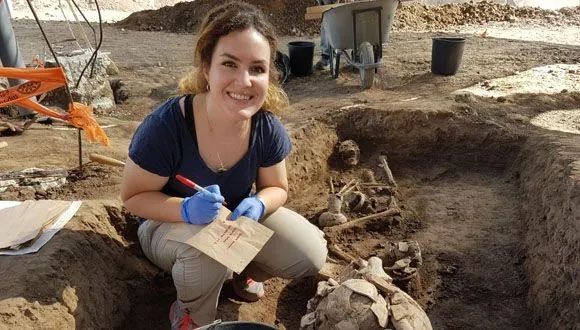




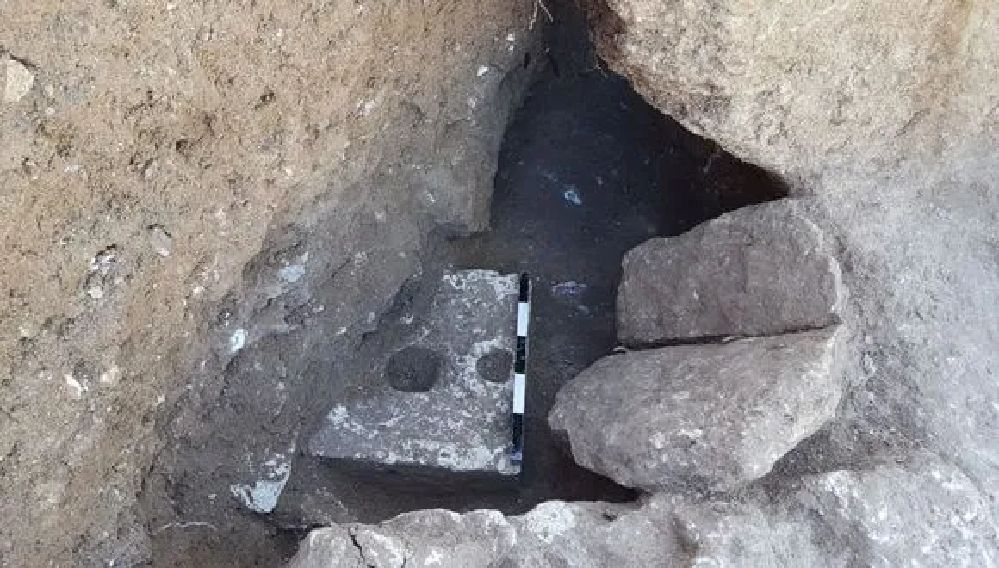
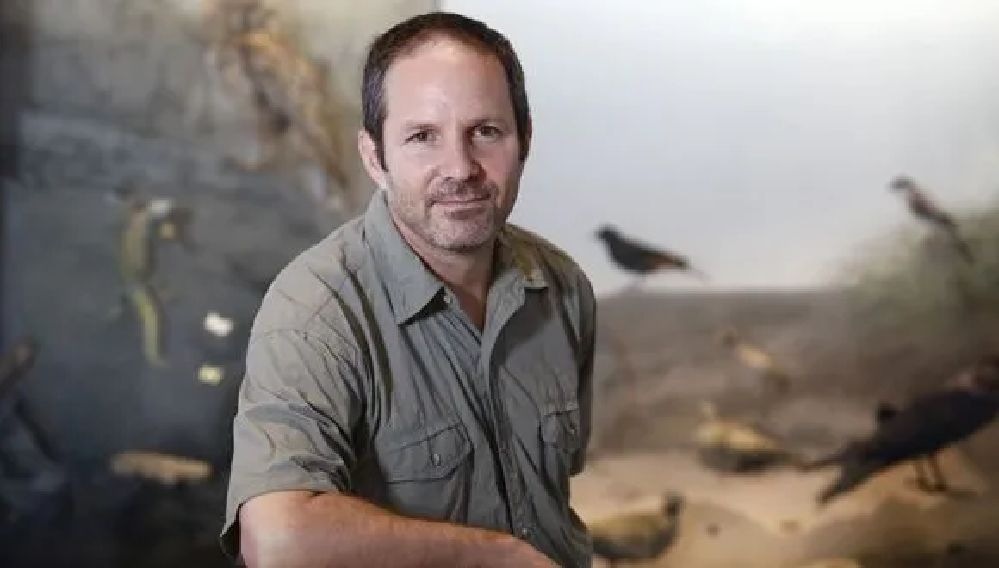
Over the Past 1.5 Million Years, Human Hunting Preferences have Wiped Out Large Animals
30 December 2021

Ancient Climate Crisis Transformed Us from Nomadic Hunters to Settled Farmers
7 December 2021

Recordings of the magnetic field from 9,000 years ago teach us about the magnetic field today
19 August 2021

